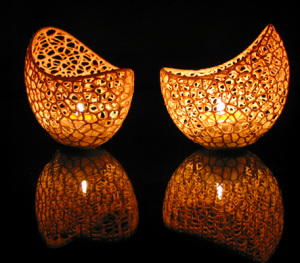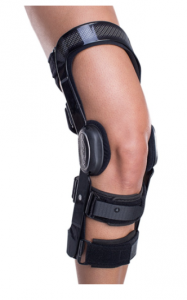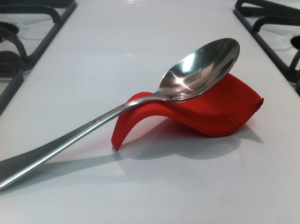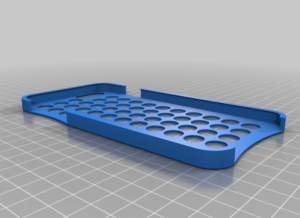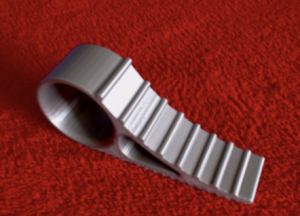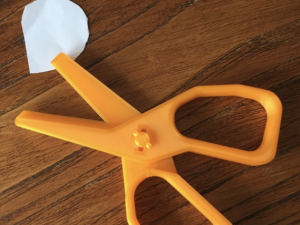Another software has been learned!
This week, our class focused on gaining the skillset and an understanding of the Fusion 360 software. We did this by watching beginners tutorials and learning the interface of Fusion before class which made it easier to follow the guest lecturer Dan Banach. Dan is an instructor from Autodesk and he is very much experienced with this software. He did a great job at explaining the locations of each function, shortcuts to reach them, the purpose of each tool, as well as providing an understanding of the capabilities that Fusion has to offer. Fusion is the first 3D CAD, CAM, and CAE tool of its kind. It connects your entire product development process in a single cloud-based platform that works on both Mac and PC. ( I recommend using a mouse, I assume it’s easier than my touchpad).
Now, onto the fun stuff! Dan displayed two objects that we would be creating in class: An ice scrapper, and a wall outlet shelf. At first, I didn’t think it was going to be possible to create two objects given the time constraint, but I’m glad to say that we were able to design, test, and fabricate them both.
Ice Scrapper
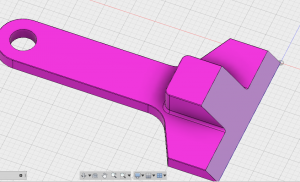
The Ice Scrapper was the first object we created and I was very proud of myself for how it came out! I ran into one complication designing it since I created the object on the wrong plane. With assistance from Dan, and a little arithmetic, the ice scrapper is on par and ready to get 3D Printed.
Wall Outlet Shelf
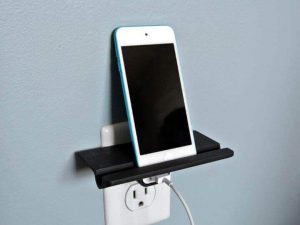
As for the Wall Outlet Shelf, I had much more difficulties creating it and unfortunately did not complete it. But, I do have an image on what it was intended to be. The shelf fits around most standard outlet charger adopters but it can be customized on Fusion. It is a very clever design with a practical benefit.
The Making of The Martian
One thing that stood out to me during Dan’s lecture was when he mentioned how the film, The Martian incorporated Fusion. Apparently, there were work flow challenges in creating the stereo 3D world of The Martian which was fixed using Fusion Studio!
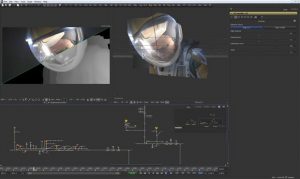
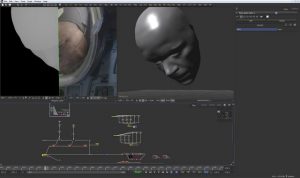
“The shots would come from our artists as EXRs, and we would then run them through our Fusion script which would bake in a new color grade and a heavy sharpen. This meant I could view not only the plate version as provided by the client, but also a heavily graded and heavily sharpened version in the theatre, so I could easily identify any of these small edges. What we produced really hit the nail on the head for the client.”
–Prime Focus World, the company tasked with creating post 3D conversions for the film.
Fusion is a very powerful software that I never thought I would learn, but I’m glad that I did. I hope you enjoyed reading,
See you next week!

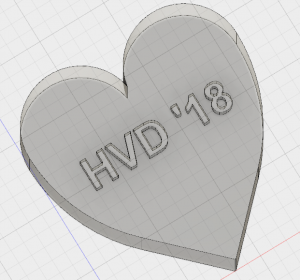
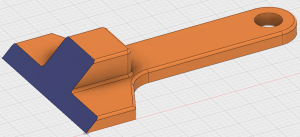
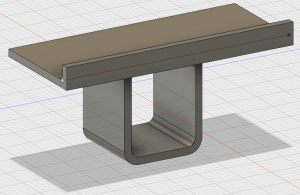
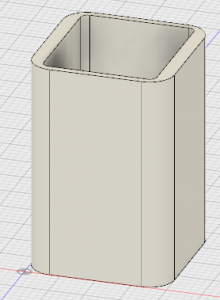
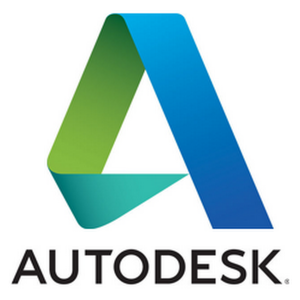
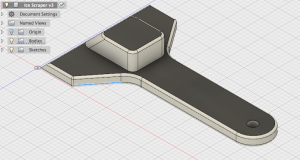
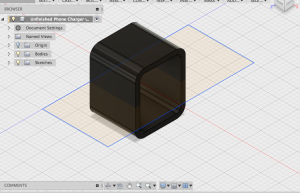
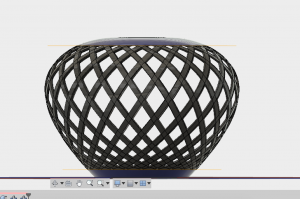
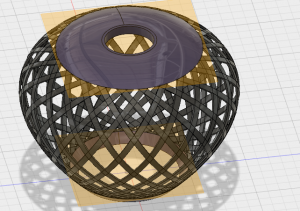

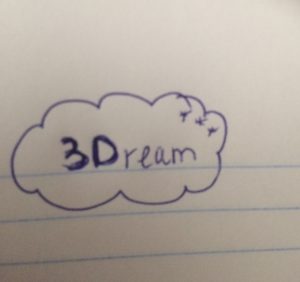
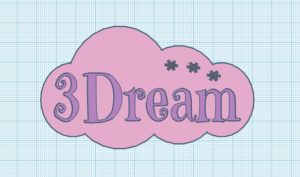
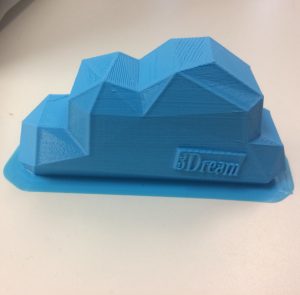
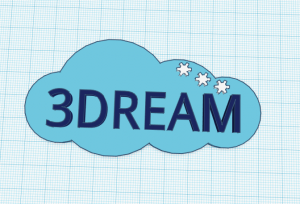
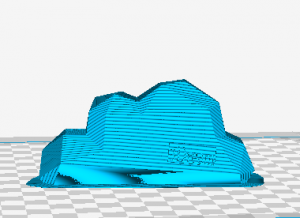
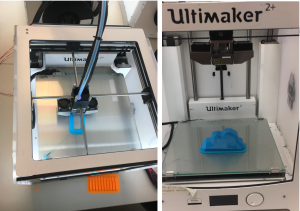
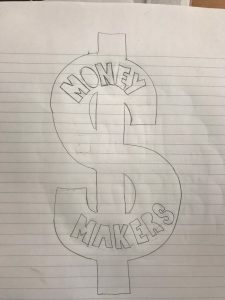
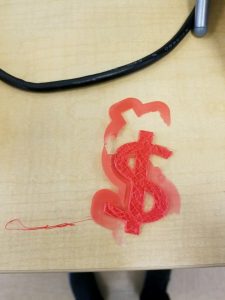
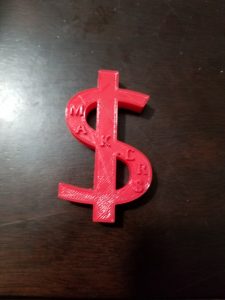

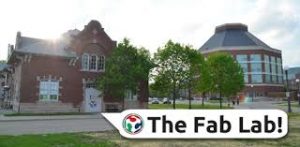
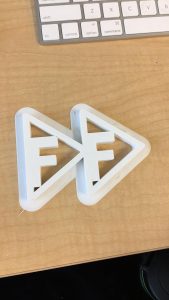
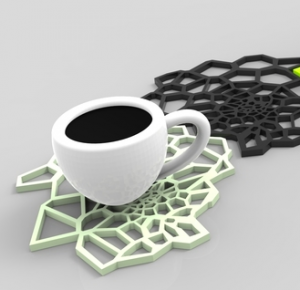
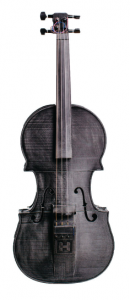 ems as if there are quite a few different designs out there both for acoustic and electric violins so I have included a few of the designs I found for them below. For the acoustic violins, I would most likely print them in white, for a sleek looking design, I would also make sure they had supporting posts inside to hold the back up from the top of the violin while being played.
ems as if there are quite a few different designs out there both for acoustic and electric violins so I have included a few of the designs I found for them below. For the acoustic violins, I would most likely print them in white, for a sleek looking design, I would also make sure they had supporting posts inside to hold the back up from the top of the violin while being played.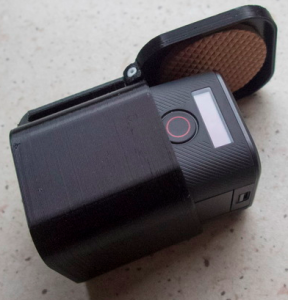 I am interested in printing a small carrying case for my GoPro camera as I do not currently have a case or any good way to transport it. This box seems to be the perfect size and with a hinge it would be much more protective than the current way I transport my GoPro (which is typically unprotected in a backpack). I have never even seen cases like this sold in stores or online so I was very excited to discover it on the internet available to print.
I am interested in printing a small carrying case for my GoPro camera as I do not currently have a case or any good way to transport it. This box seems to be the perfect size and with a hinge it would be much more protective than the current way I transport my GoPro (which is typically unprotected in a backpack). I have never even seen cases like this sold in stores or online so I was very excited to discover it on the internet available to print. 